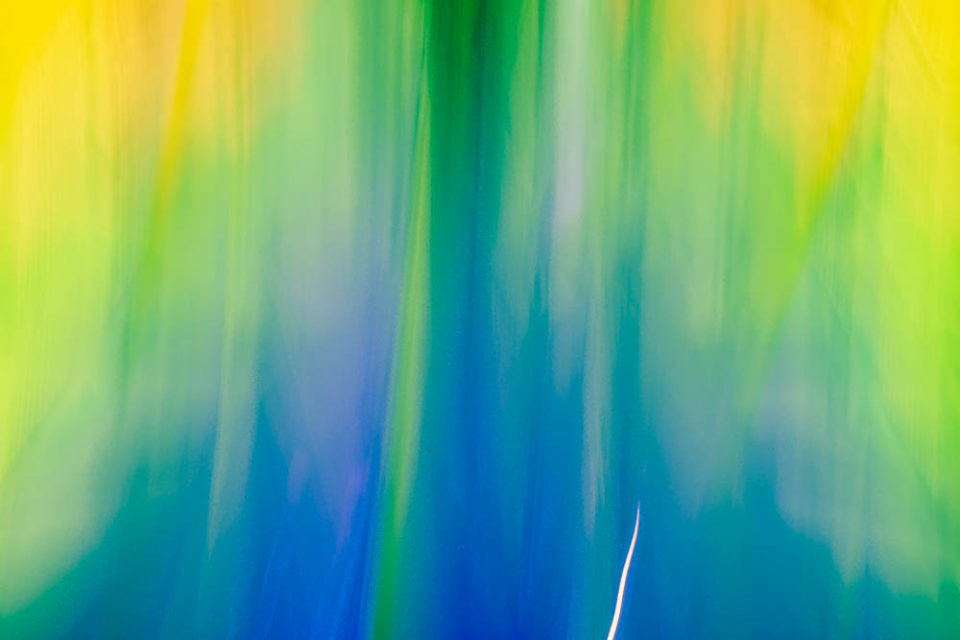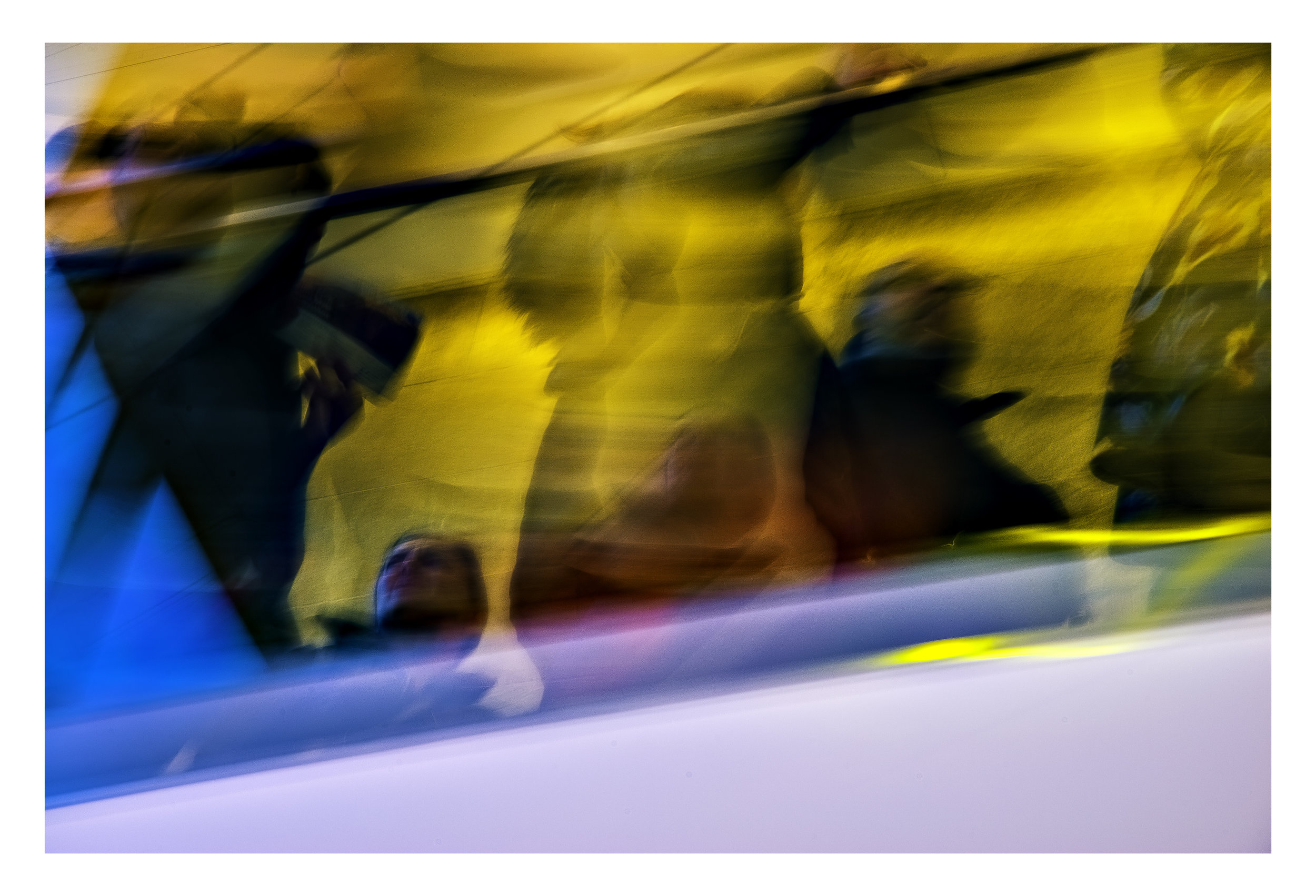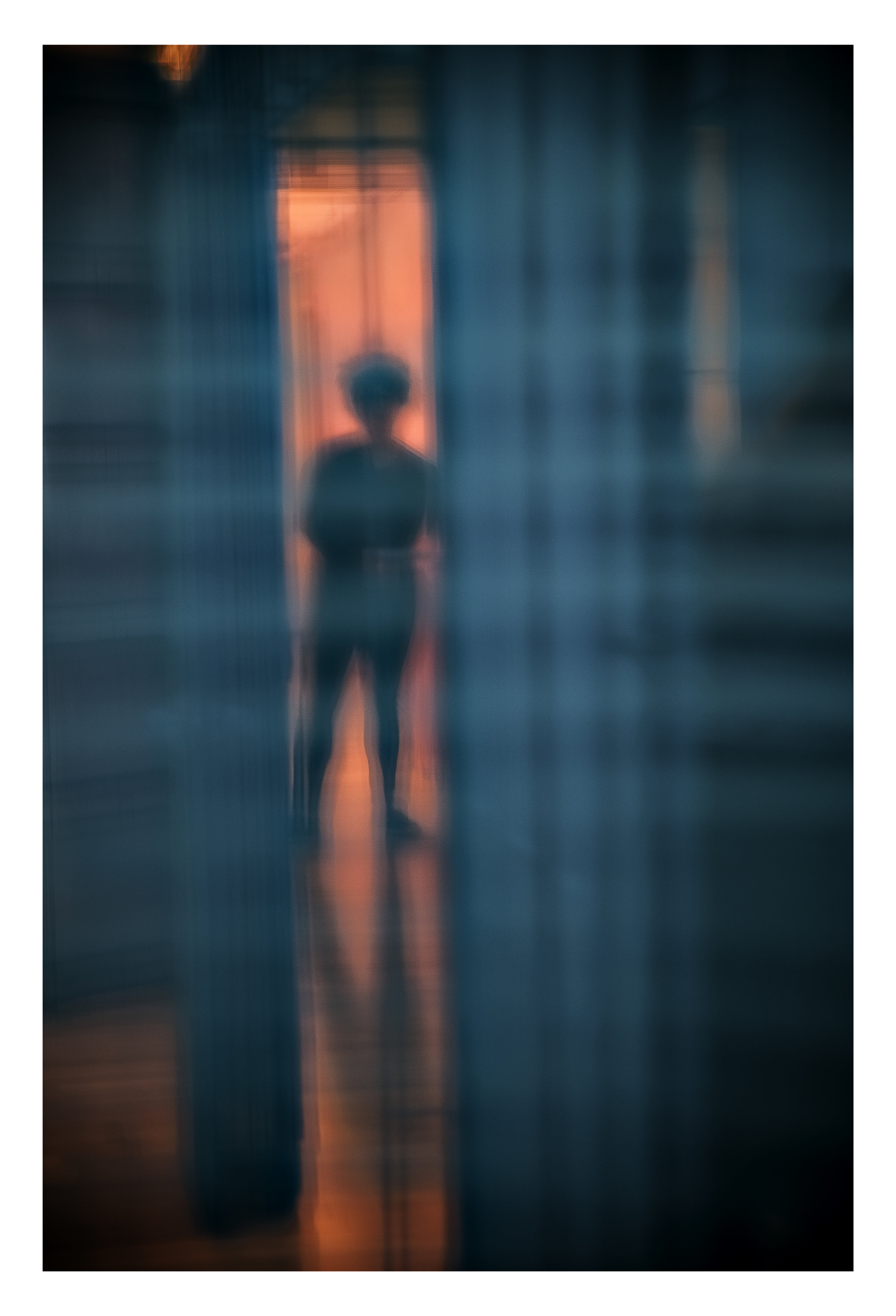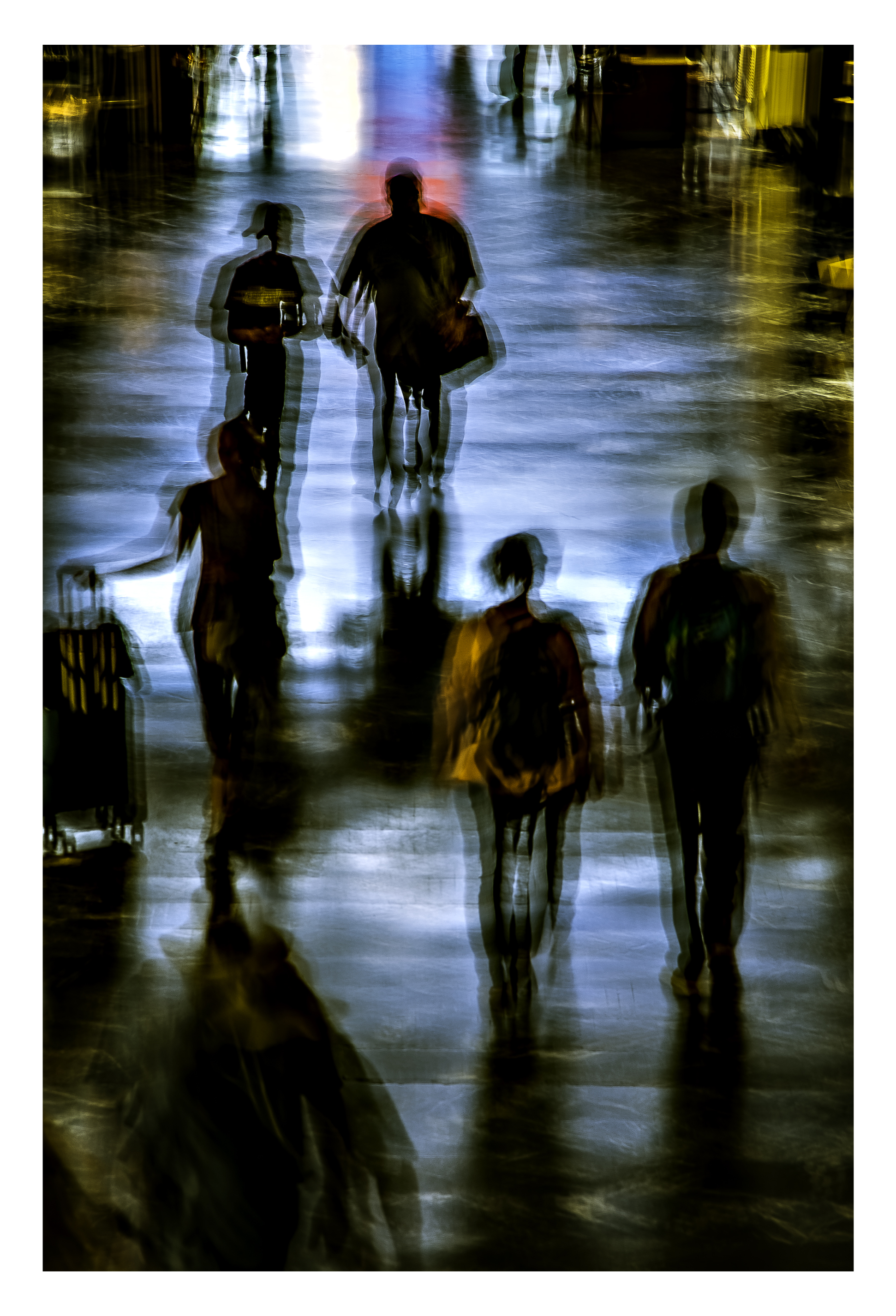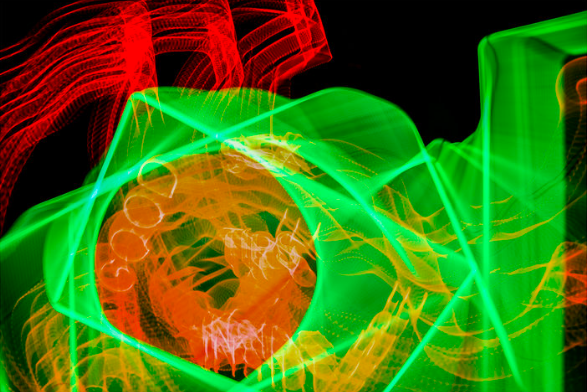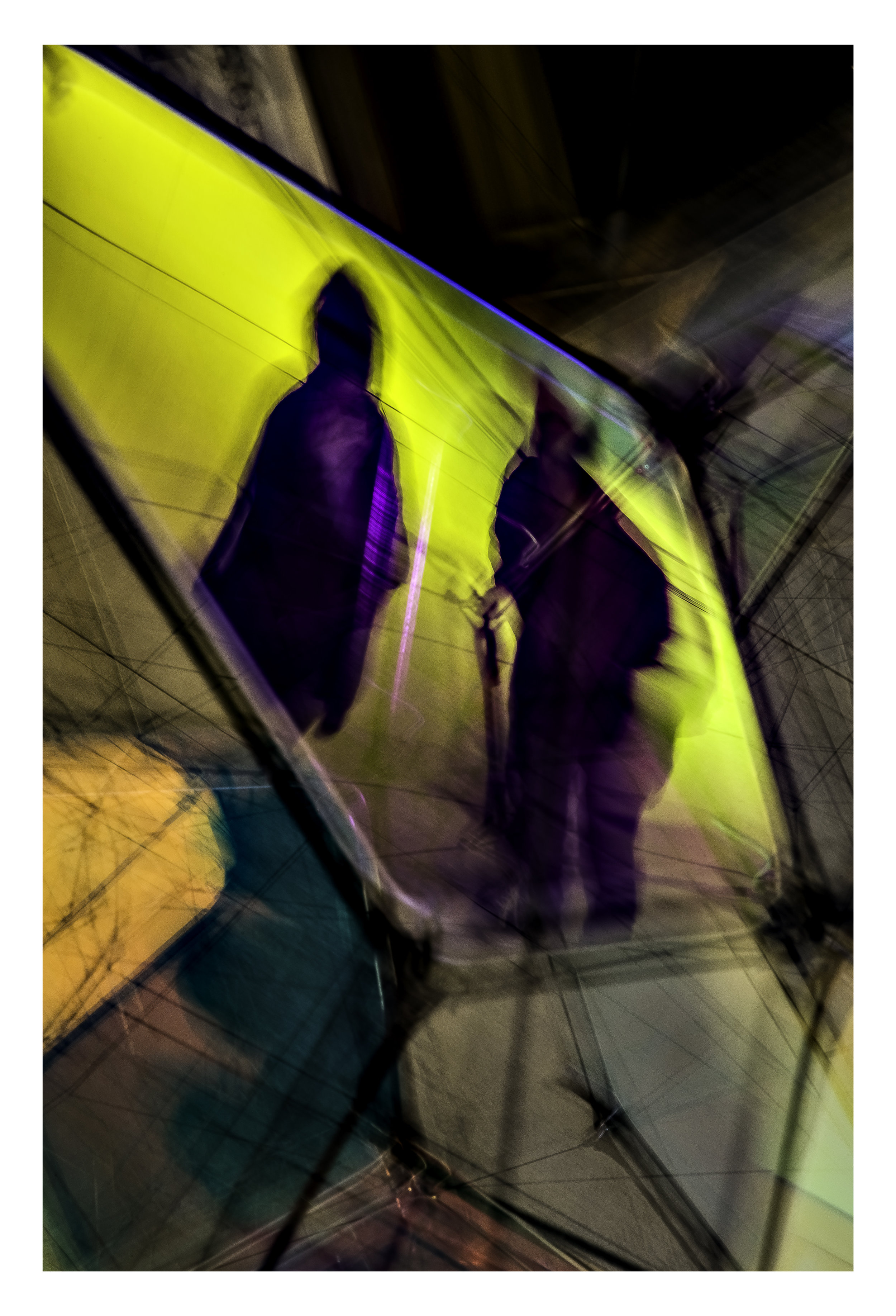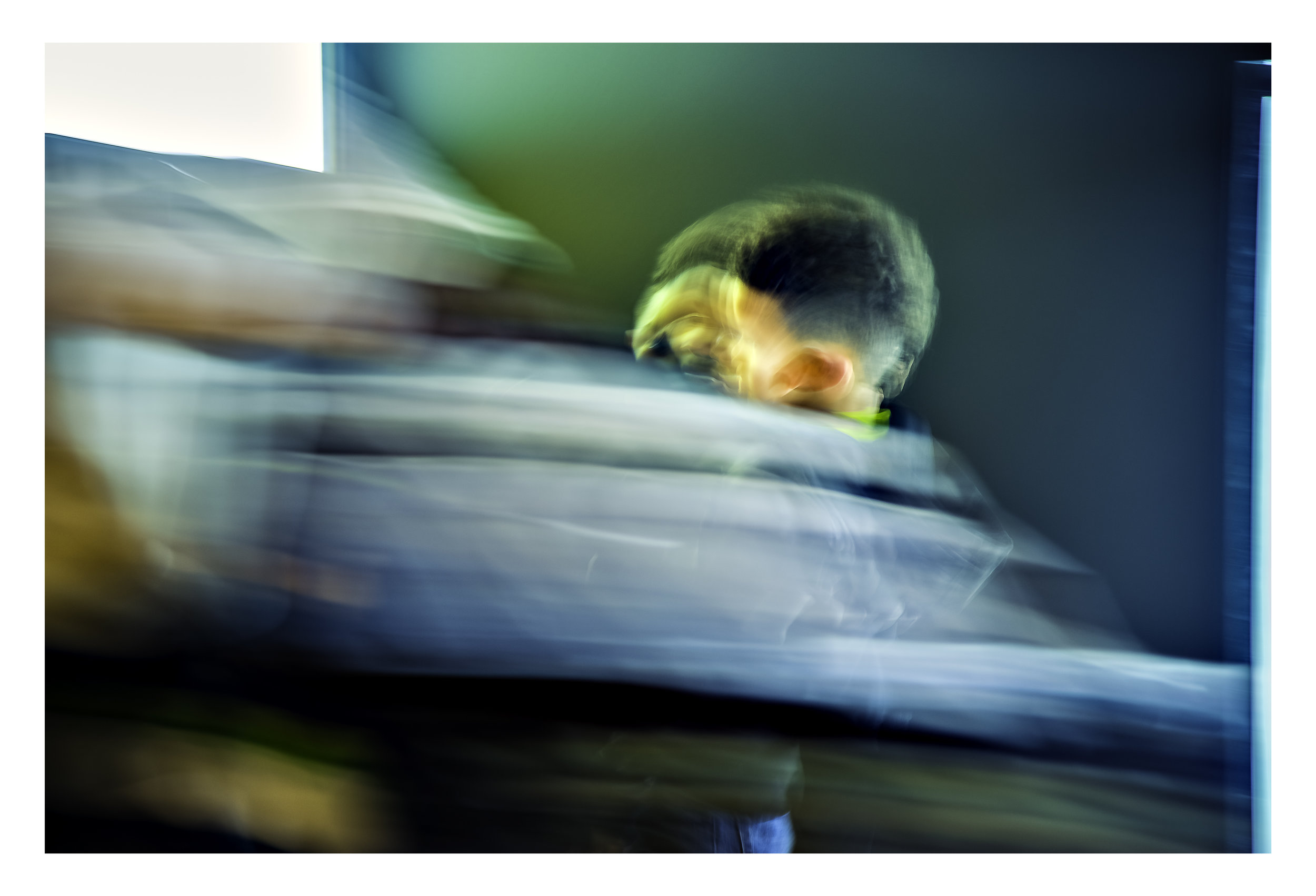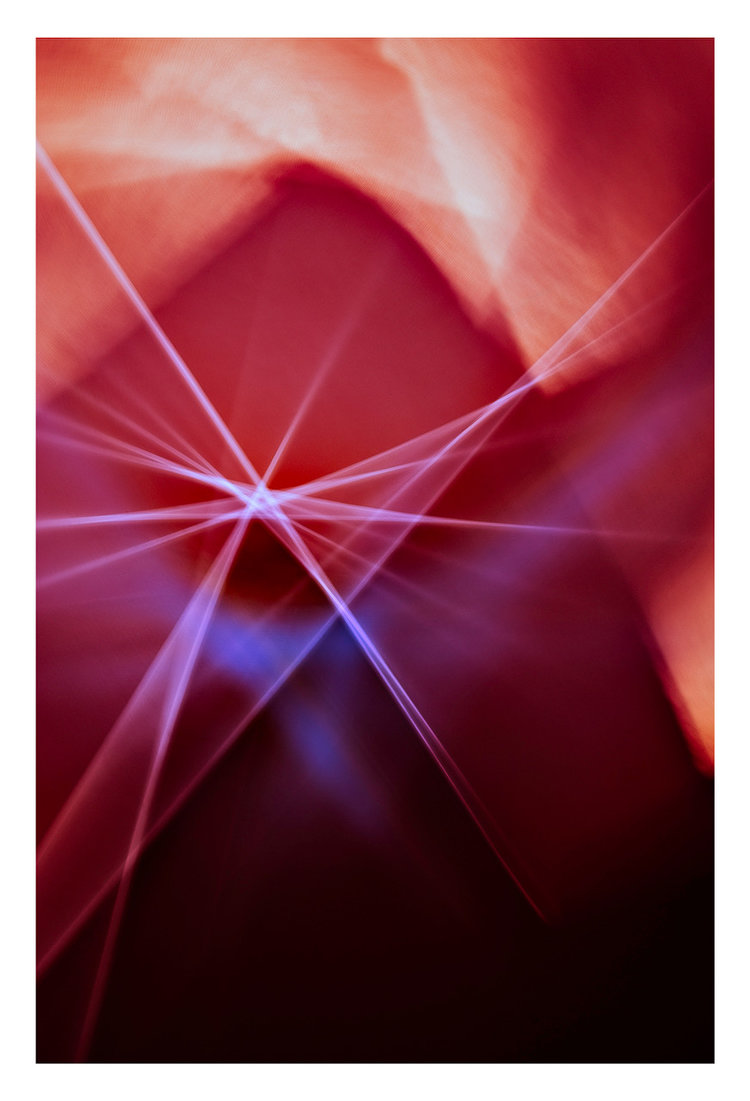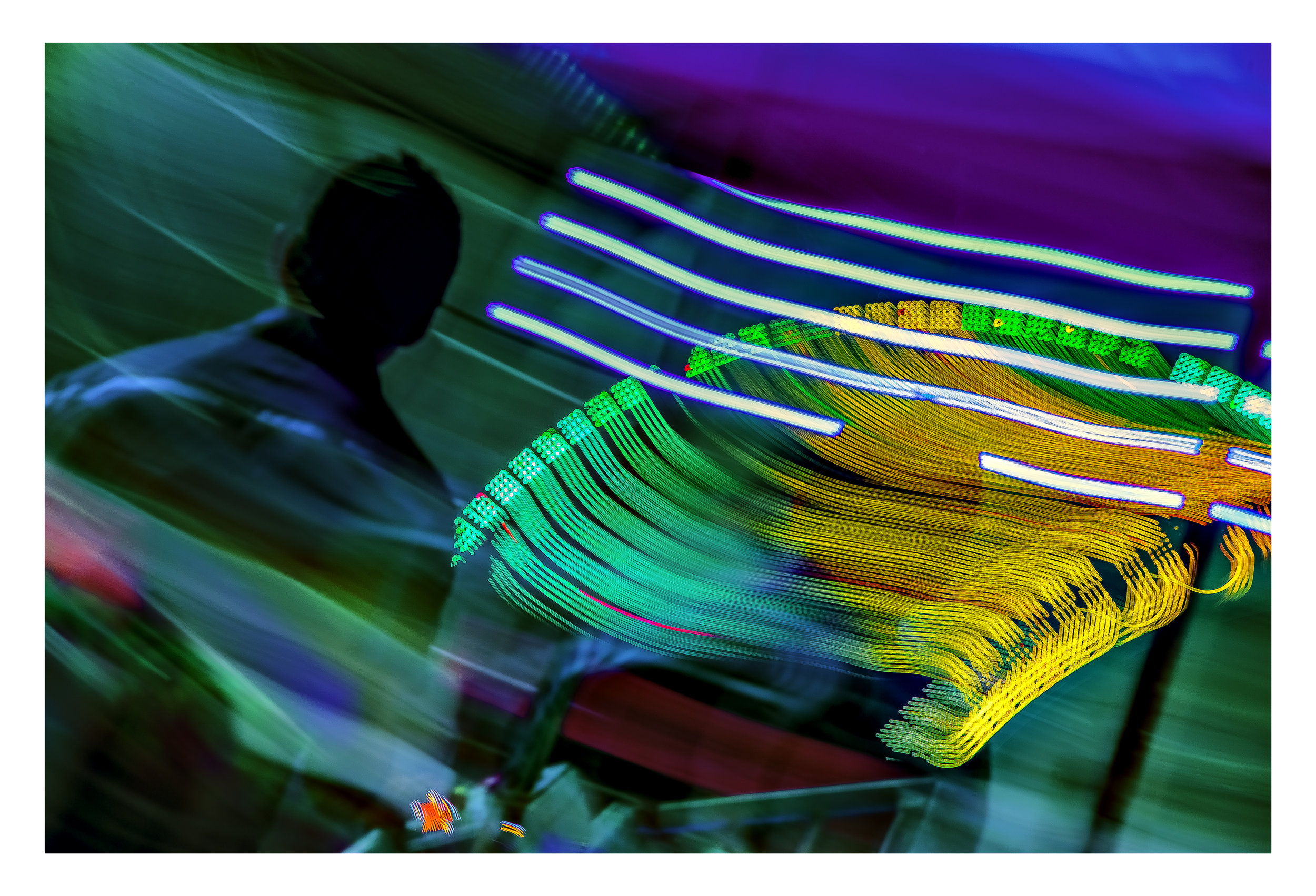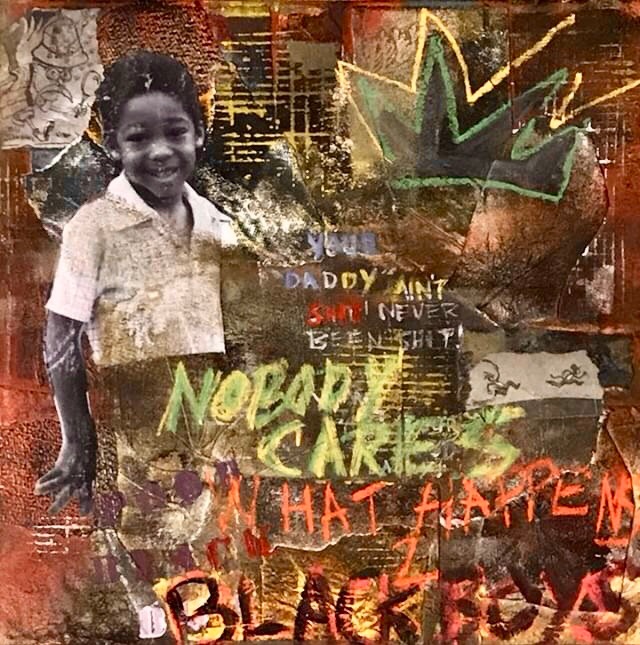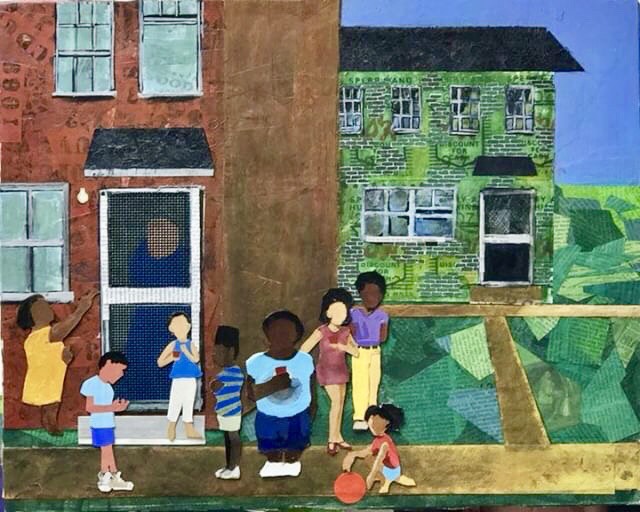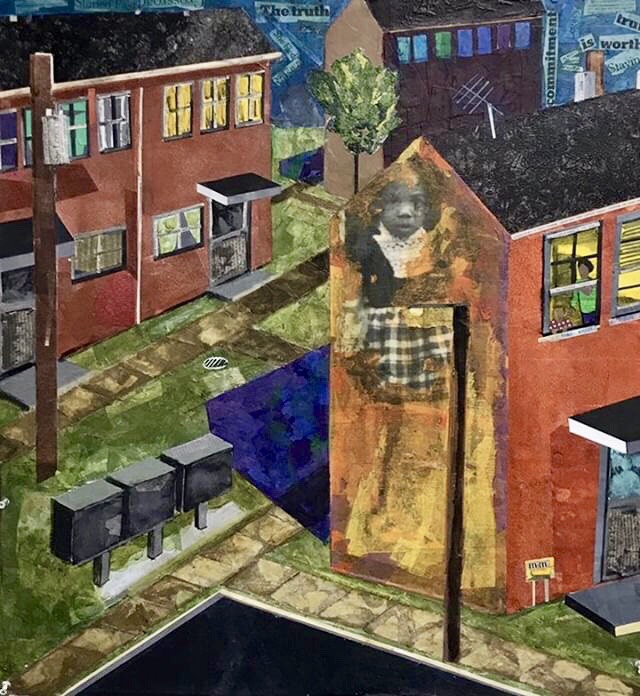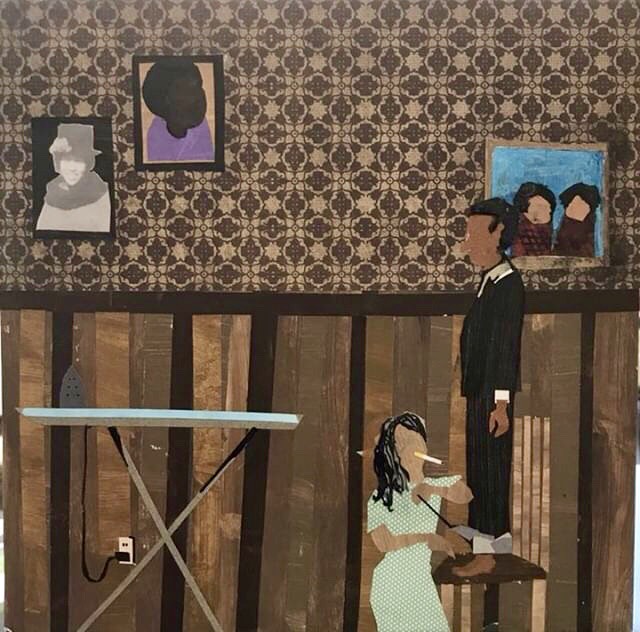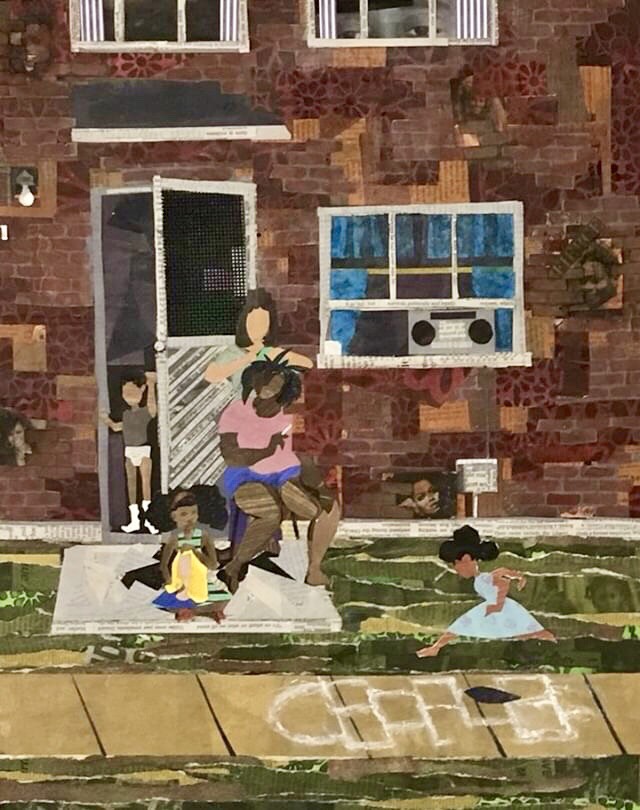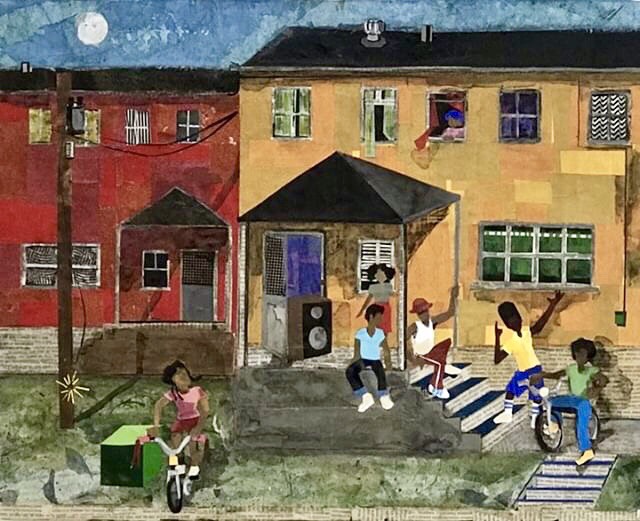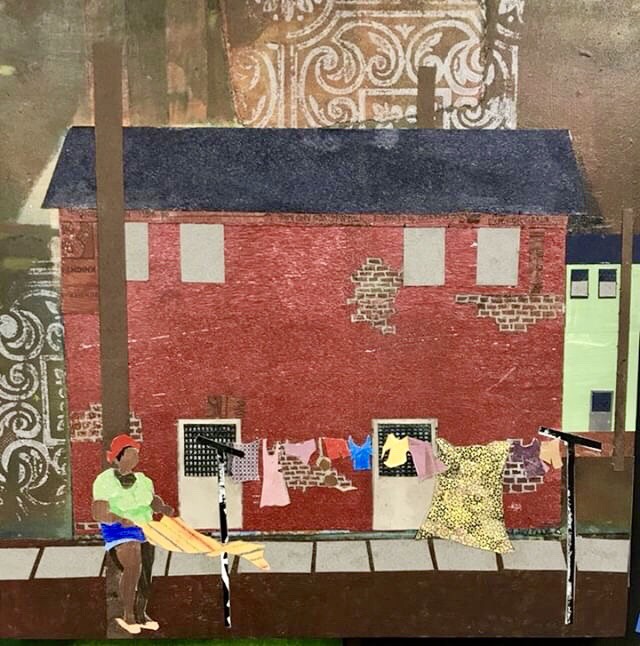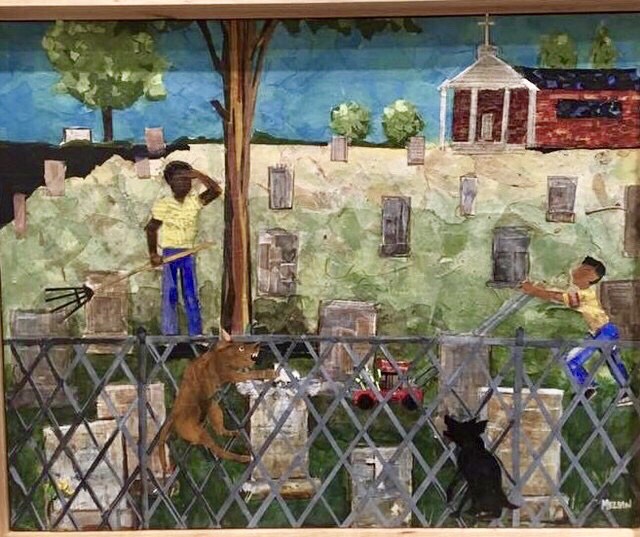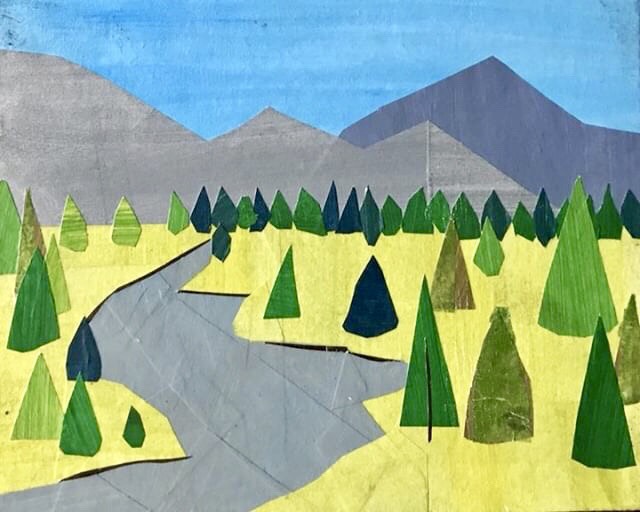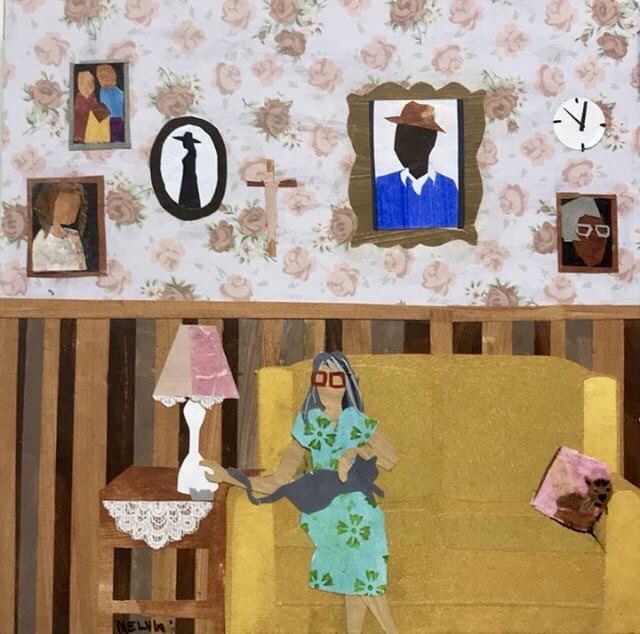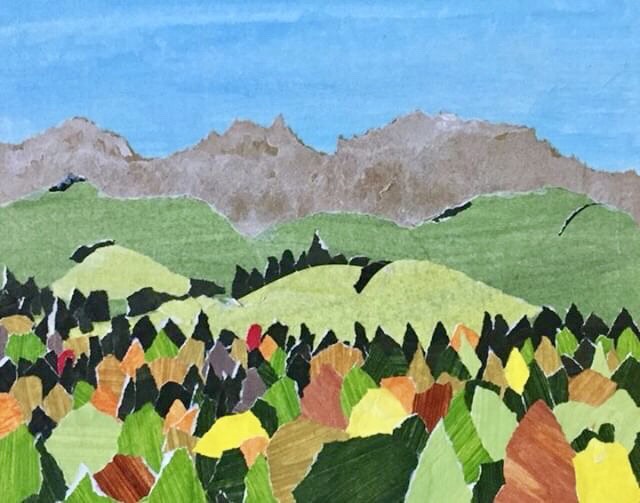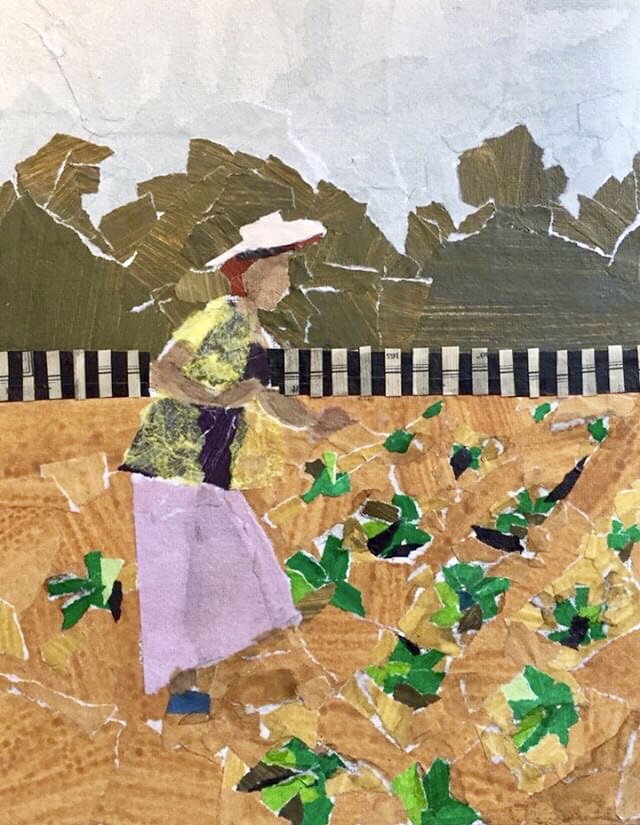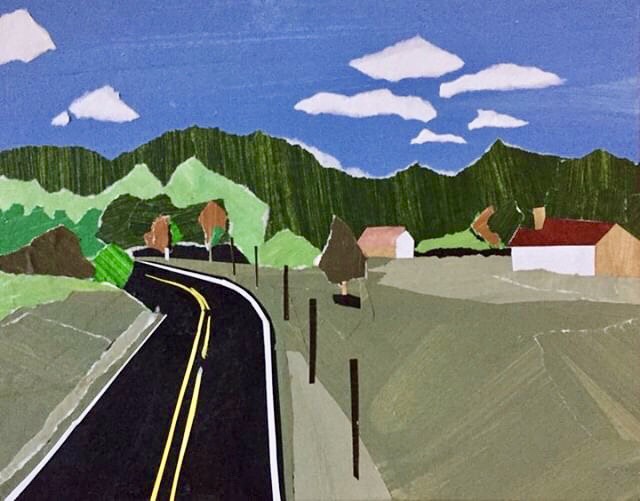There is more than meets the eye to experimenting with color. For painters, it is a skill that takes trial and error, practice, observation, and precision. Barbara Januszkiewicz, a Washington, DC area artist is no stranger to honing this skill.
As a leading voice of the DC area creative arts, Januszkiewicz discovered that her way of communicating with her audience is through the boldness of color fields. It all started when she worked as an independent filmmaker who wanted to film artists from the Washington Color School, an art movement focusing on abstract expressionism that developed from 1950s to the 1970s in the DC area.
Januszkiewicz explains, “There are three people who have influenced me most in my creative process: R. Buckminster Full, Matthew Shipp, and Paul Reed. In my early 20s, I met R. Buckminster Full who encouraged me to think about impact, influences, and humanity. Matthew Shipp, in my opinion the MOST brilliant free jazz piano player living today, continues to influence me in the areas of freedom, creativity, and maintaining a unique voice. And, finally, painter Paul Reed from the Washington Color School movement demonstrated to me that as we age although we can expect expertise, it is important to keep a humble head and a healthy sense of curiosity.”
As a "colorist" (i.e., an artist who portrays color as the root of their work from which everything else stems), she has discovered a great deal of knowledge about how each color interacts with another, how they can change the visual perception of space, and how these relationships impact the underlying flow within the work itself. As Januszkiewicz puts it, “it’s like a game of chess.”
When you look at Januszkiewicz’s work, you immediately notice the way colors play with your visual field. It’s not just about the connectivity of color and emotion, but more so about the way the color fields transform before our eyes, causing an individualised reaction. There is fluidity to the work, where acrylics are transformed to act like watercolors that not only have vibrancy and cohesion from one blend to the next, but also a movement that builds from a soft place.
Januszkiewicz explains her creative process, “I named [my paintings] all after songs, I title it to find the painting again, untitled, it’s hard to find the work later. Art is improvising and gives the freedom of not being restrained. I’m treating acrylics like a watery watercolor. I warm up on the paper. I warm up trying to help me open up to really get me into the creative practice. [This practice] engages my whole being into how you make decisions on what to create and to get rid of that moment of being scared, then anything is possible. That helps me break down that barrier, that helps me practice my zen.”
The color fields take a life of their own, as if they’re ethereal living creatures in constant state of transformation. The beauty of Januszkiewicz’s work is that you can make something out of what you see from any angle. Your eye can lead you to form any concept or shape from what you see thanks to abstraction and the breathable white spaces in between. It’s almost like the shades in each painting taking over slowly but surely in a form of metamorphosis.
For more about the artist, check out her website, and to learn more about Metro Micro Gallery, her local art community initiative, click here.
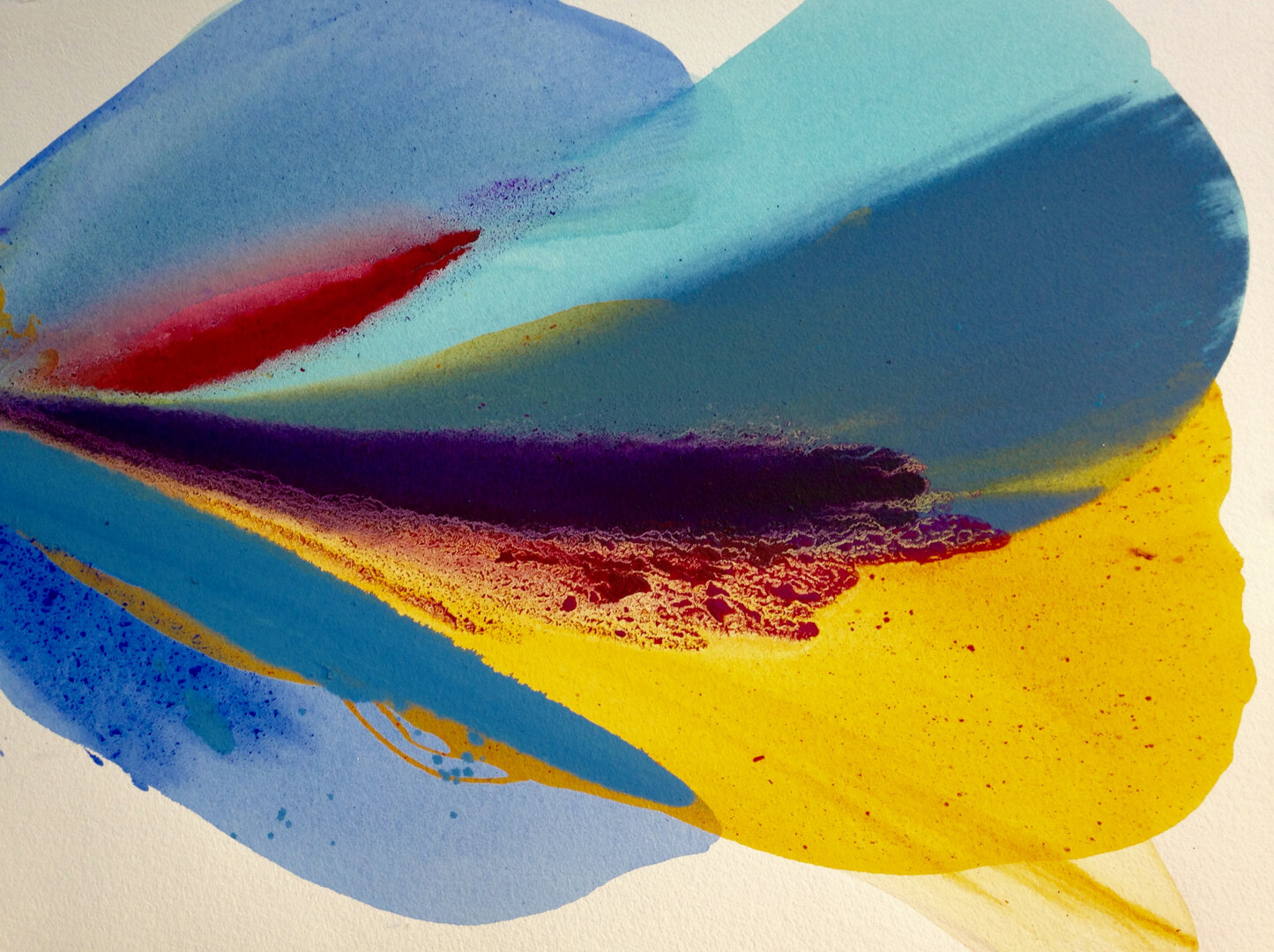
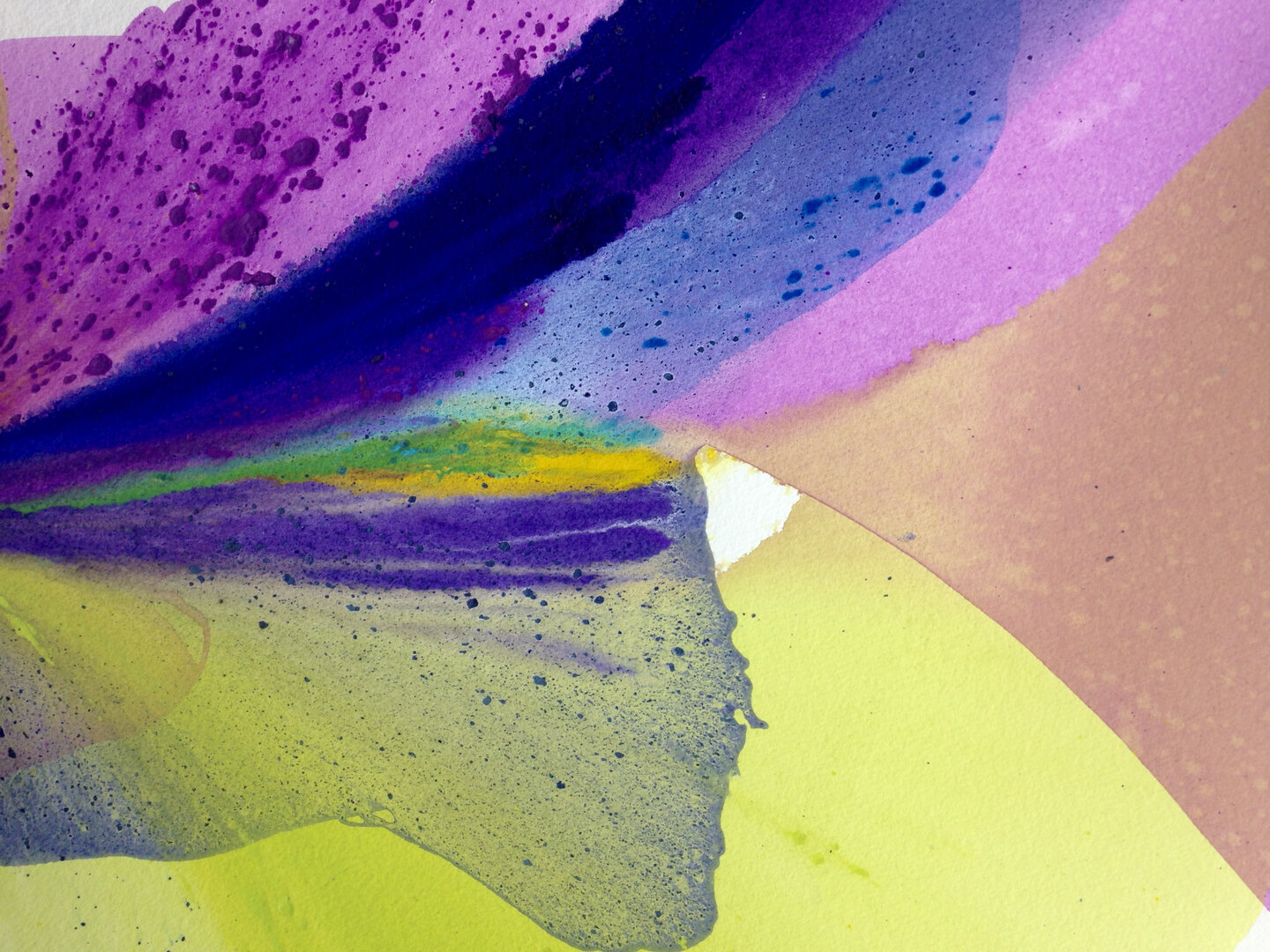
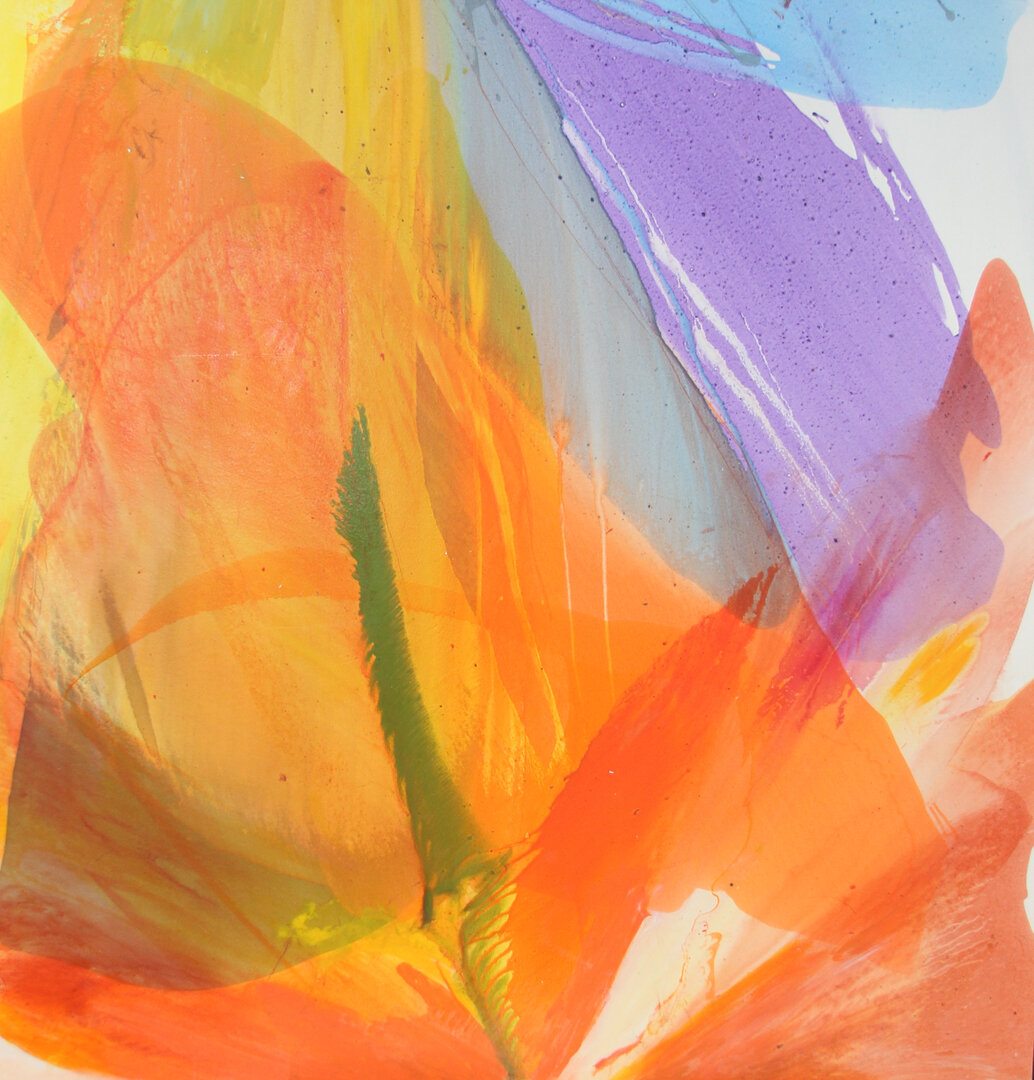
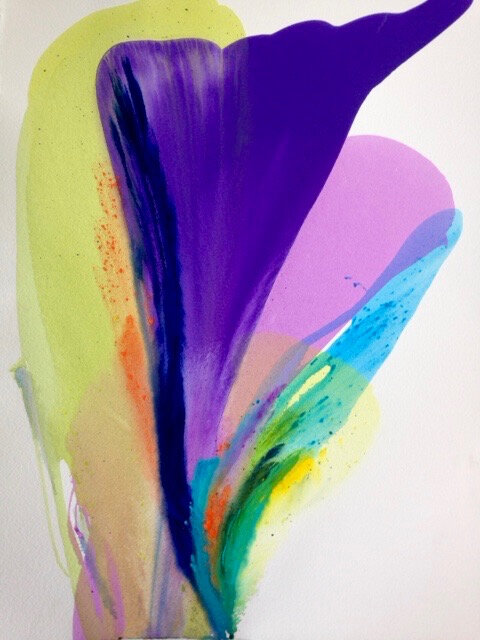
Today’s poem is inspired by Barbara’s affinity for soft beauty through her sheer, multicolored layers:
She Walks in Beauty
She walks in beauty, like the night
Of cloudless climes and starry skies;
And all that’s best of dark and bright
Meet in her aspect and her eyes;
Thus mellowed to that tender light
Which heaven to gaudy day denies.
One shade the more, one ray the less,
Had half impaired the nameless grace
Which waves in every raven tress,
Or softly lightens o’er her face;
Where thoughts serenely sweet express,
How pure, how dear their dwelling-place.
And on that cheek, and o’er that brow,
So soft, so calm, yet eloquent,
The smiles that win, the tints that glow,
But tell of days in goodness spent,
A mind at peace with all below,
A heart whose love is innocent!





